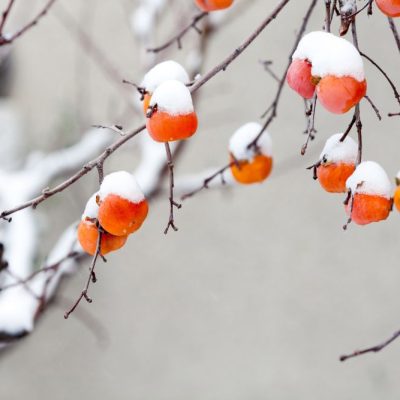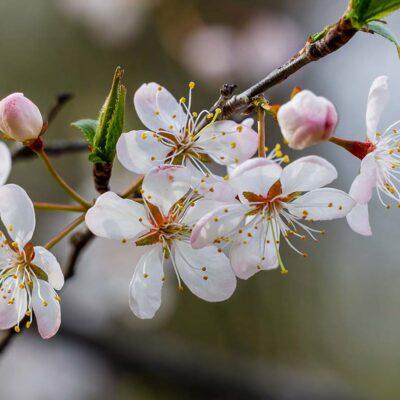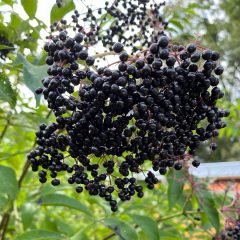- Nursery Shop
- Learn
- Blog
Our Latest Posts
- About
- Contact
Our Next Open Nursery Day – Friday June 27, 10am-5pm – Learn More
- Nursery Shop
- Learn
- Blog
Our Latest Posts
- About
- Contact
Our Next Open Nursery Day – Friday June 27, 10am-5pm – Learn More
Rhus typhina
Staghorn Sumac is easily recognizable by its flower and berry spikes, showy fall foliage, and the fine hairs on new growth that look like the velvety horns of male deer that give this plant its common name. Native to much of the Eastern U.S., it grows in a wide range of conditions, but is mostly found along woodland edges and streams. A deliciously tart sun tea can be made with the fresh berries. Birds shelter and nest in the thickets, and songbirds utilize the dark vermillion berries for winter forage. Staghorn sumac is a larval host to the spring azure butterfly and its nectar is a food source for many pollinators.
Zone: 3-8 (Map)
Habitat: Full sun to part shade. Prefers well-drained soils. Drought tolerant.
Growth: 15-25 ft tall, 15-25 ft wide at maturity.


A native member of the cashew family with a fast-growing habit that easily forms thickets.
5-7′
A native member of the cashew family with a fast-growing habit that easily forms thickets.
5-7′
Rhus typhina
Staghorn Sumac is easily recognizable by its flower and berry spikes, showy fall foliage, and the fine hairs on new growth that look like the velvety horns of male deer that give this plant its common name. Native to much of the Eastern U.S., it grows in a wide range of conditions, but is mostly found along woodland edges and streams. A deliciously tart sun tea can be made with the fresh berries. Birds shelter and nest in the thickets, and songbirds utilize the dark vermillion berries for winter forage. Staghorn sumac is a larval host to the spring azure butterfly and its nectar is a food source for many pollinators.
Zone: 3-8 (Map)
Habitat: Full sun to part shade. Prefers well-drained soils. Drought tolerant.
Growth: 15-25 ft tall, 15-25 ft wide at maturity.

Find out more about our approach to farming and land stewardship.